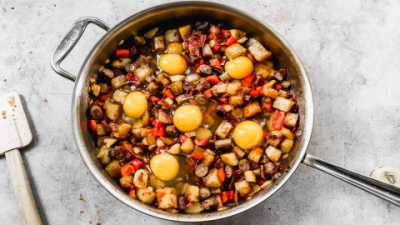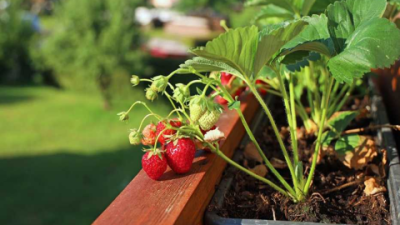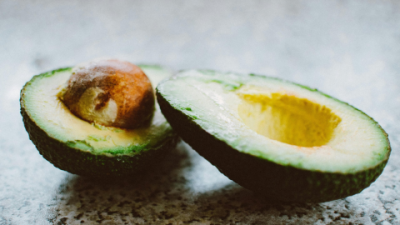1. Safety First: What Really Happens When You Microwave Your Coffee Cup?
Why Everyone Wonders “Can I Put Coffee Cup in Microwave?”
Microwaves are a lifesaver when you want to warm up your coffee quickly, but there’s always that nagging question: is it actually safe to pop your coffee cup in the microwave? Let’s dive into the reasons why this question comes up so often and what you should keep in mind.
The Science Behind Coffee Cups and Microwaves
Microwaves heat things by making water molecules move fast. But your coffee cup can react differently depending on what it's made of. Here’s a quick breakdown:
-
Ceramic and glass cups usually do just fine, but watch out—they can get really hot!
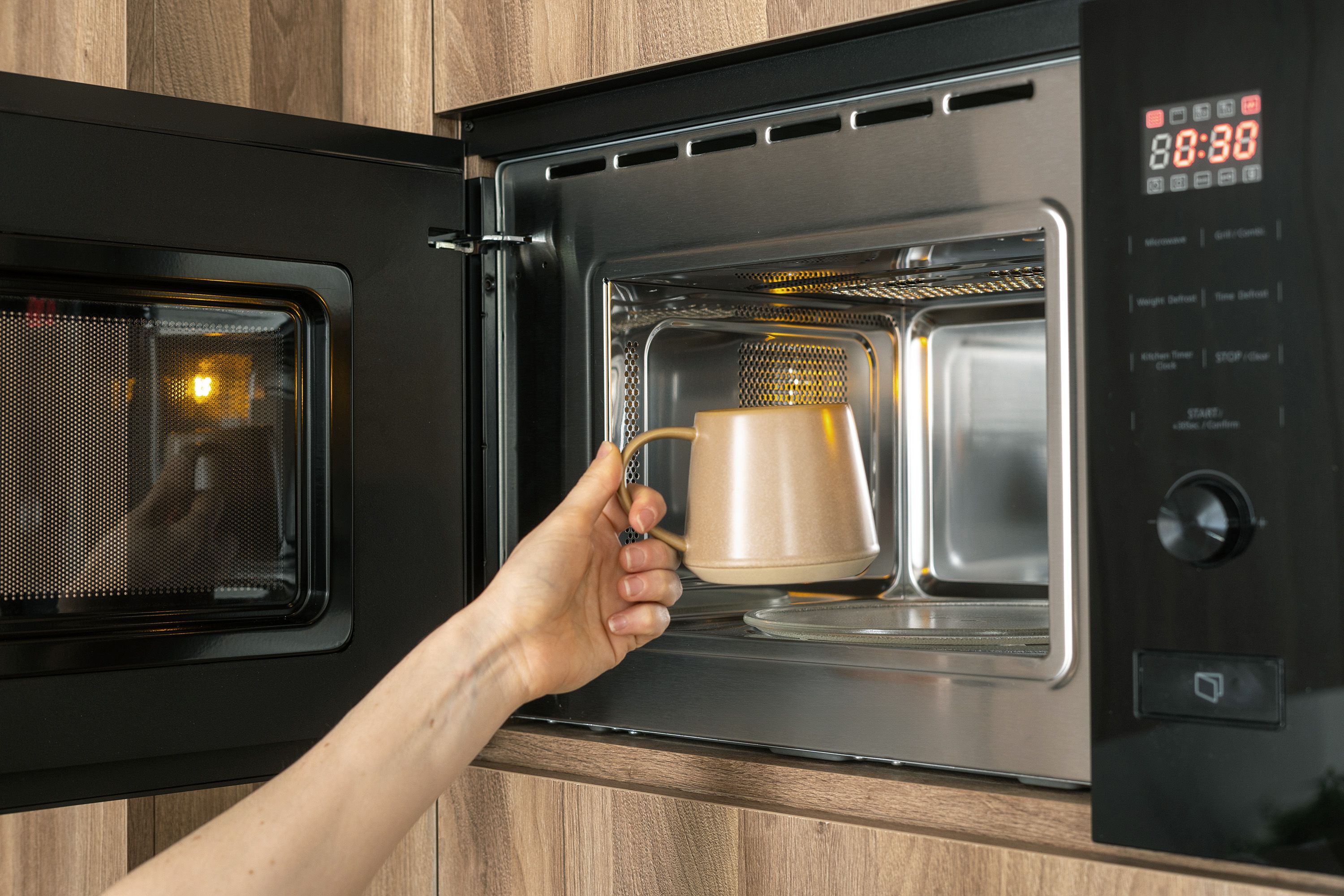
-
Plastic cups might melt or leak chemicals if they aren’t made for microwave use.
-
And metal? Don’t even think about it! Metal cups cause sparks and could start a fire.
Safety Risks You Should Know Before Microwaving
Here’s what could go wrong if you’re not careful:
-
Your cup might crack or shatter because of sudden heat changes (thermal shock).
-
Some plastics could release harmful stuff into your coffee when heated.
-
Metal decorations can cause sparks.
-
The heat might not spread evenly, leading to surprises like hot spots.
-
Pressure can build up in sealed mugs and cause them to explode.
Quick Safety Tips
- Always look for “microwave-safe” on your cups.
- Place a paper towel under the cup to catch drips.
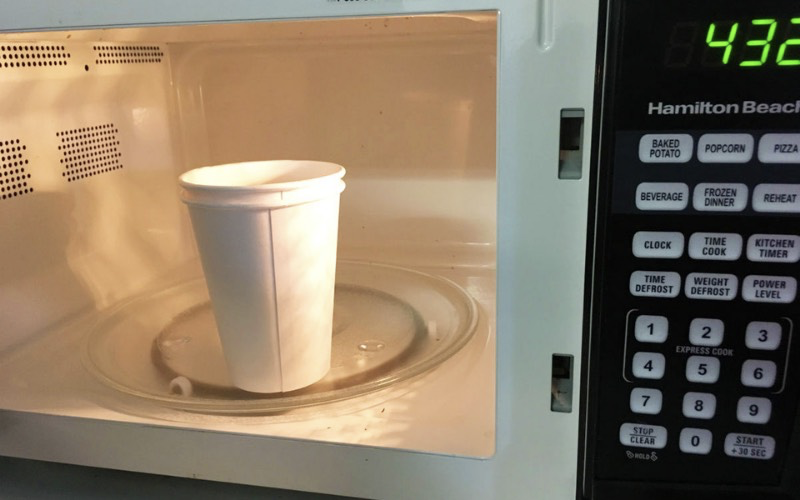
- Try not to heat coffee more than two minutes at a time.
2. Material Matters: How to Choose Microwave-Safe Coffee Cups
Top Microwave-Safe Coffee Cup Materials You Should Know
Knowing the right materials can save you a headache. Here are some favorites that work well:
-
Ceramic cups – classic, sturdy, and usually safe if no metal paint is involved.
-
Glass cups – especially tempered or borosilicate glass, which handles heat nicely.
-
Microwave-safe plastic – these should be BPA-free and labeled for microwave use.
-
Silicone cups – soft, flexible, and tough against heat spikes.
Warning Signs Your Coffee Cup Isn’t Microwave-Friendly
If your mug shows any of these, don’t risk it:
-
Missing microwave-safe label.
-
Cracks or chips in the surface.
-
Metallic paint or decorations.
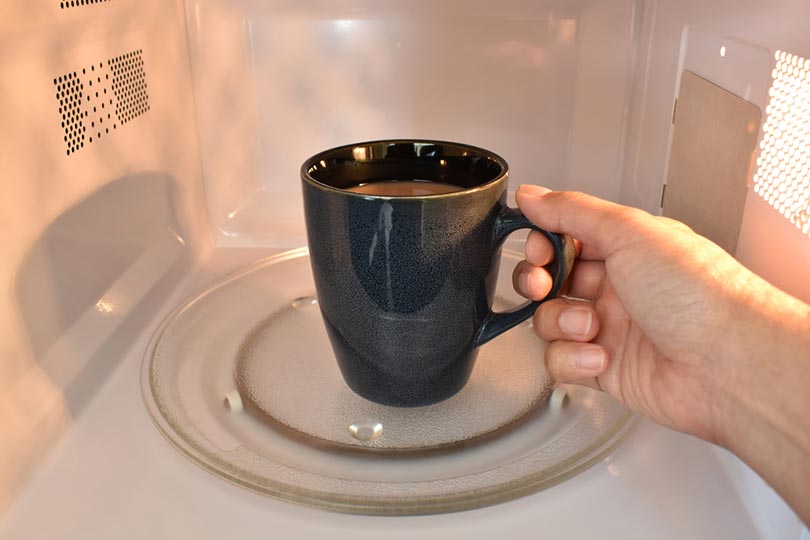
-
Plastic that warps or smells weird after heating.
How to Test If Your Coffee Cup is Microwave Safe at Home
Here’s a quick trick: put your empty cup in the microwave next to a cup of water. Microwave both for one minute. If your cup gets hotter than the water, it’s probably not safe to microwave.
3. Microwave My Coffee? Your Step-by-Step Guide to Doing It Right
How to Reheat Coffee in the Microwave Without Ruining It
Follow these easy steps to warm your coffee just right:
-
Pour your coffee into a microwave-safe cup.
-
Heat it for seconds, then give it a good stir.
-
Heat in short bursts of seconds until it’s just the way you like it.
Common Mistakes to Avoid When Microwaving Coffee
Be careful not to:
-
Use metal or fancy decorated cups.
-
Heat the coffee for more than two minutes – it’ll taste bitter.
-
Cover your cup with a lid or plastic wrap—it traps pressure.
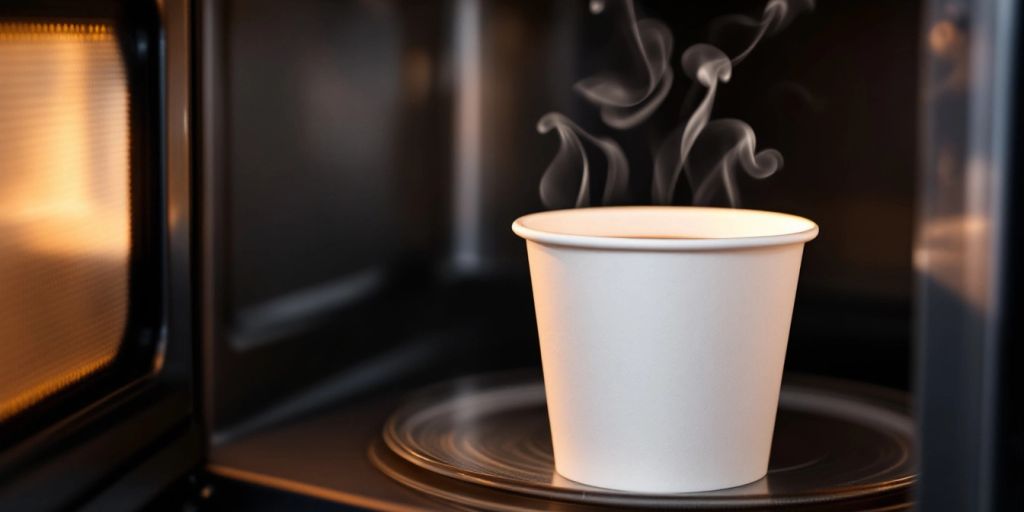
-
Forget to stir halfway, which can lead to uneven heating.
Pro Tip: Use Lower Power Settings for Gentle Heating
Setting your microwave to about 50-70% power helps warm your coffee slowly and keeps it tasty.
4. Health & Safety: Can Microwaving Your Coffee Cup Affect Your Drink?
Does Microwaving Change the Flavor and Aroma?
Yes, it can. Overheating coffee often makes it taste burnt or stale. Stirring and heating in short bursts help keep the original flavor.
Should You Worry About Toxic Chemicals?
Some plastics can release harmful chemicals like BPA when heated. It’s safest to choose BPA-free, microwave-safe cups—or better yet, glass or ceramic.
Must-Know Things About BPA and Coffee Cups
1. Older plastics are more likely to have BPA.
2. Heat makes BPA leach into your drink more easily.
3. Switching to BPA-free cups is a smart health move.
Expert Advice: Stick to Fresh Coffee and Safe Cups
The best routine? Drink your coffee fresh within minutes of brewing and if reheating, always use cups clearly marked safe for microwaving.
5. Troubleshooting: What to Do If Your Coffee Cup Cracks or Heats Unevenly
Why Does My Coffee Cup Crack in the Microwave?
That sudden change from cold to hot can make your ceramic crack. This is called thermal shock.
Simple Tips to Stop Cracks and Scalds
- Warm the cup up gently before adding very hot coffee.

- Don’t microwave cups with chips or cracks.
- Use a coaster or something microwave-safe underneath your cup for even heat.
Is It Safe to Use a Cracked Coffee Cup?
Usually, it’s best to toss it out to avoid leaks or germs.
How to Fix Uneven Heating
- Stir during heating to spread the warmth.
- Use lower microwave power settings.
- Look for mugs designed to heat evenly.
6. Myths vs. Facts: What Everyone Gets Wrong About Microwaving Coffee Cups
Myth #1: All Ceramic Mugs Are Microwave-Safe
Not true! Some ceramics have metal glazes or cracks that make them unsafe.
Myth #2: You Can Reheat Coffee Forever Without Hurting Flavor
Nope. Coffee tastes best fresh. Reheating too much damages the flavor.
Myth #3: All Plastic Cups Are Bad for Microwaving
Only older or non-labeled plastics cause issues. Some BPA-free plastics are perfectly fine.
Four More Microwave Coffee Myths Busted
- Sparks only come from metal objects in the microwave.
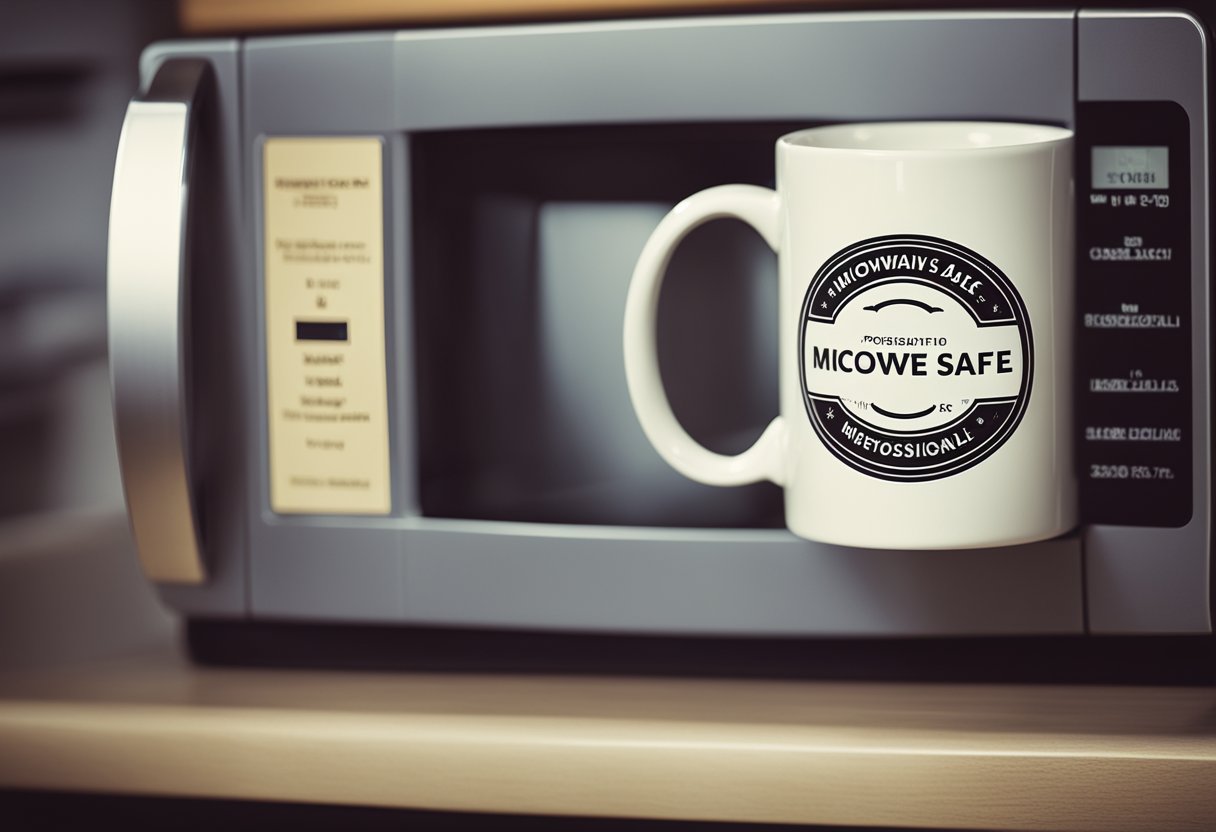
- Glass cups never get hot in microwaves (actually, they can).
- You can microwave coffee in any travel mug.
- Microwave heating makes coffee taste better.
7. Eco-Friendly and Microwave-Safe Coffee Cups: What Are Your Best Options?
Why Go Eco-Friendly?
You get to keep your coffee safe, and help the planet too! Sustainable, microwave-safe cups are a win-win.
Top Eco-Friendly Microwave-Safe Coffee Cups in 2025
1. Bamboo fiber mugs – lightweight and natural.
2. Double-walled glass cups – stylish and safe.
3. FDA-approved silicone cups – flexible and tough.
4. BPA-free recycled plastic mugs – practical and planet-friendly.
5. Ceramic mugs with lead-free glazes – classic with a green twist.
How to Care for Your Eco-Friendly Cups
- Hand wash when you can to keep them nice.
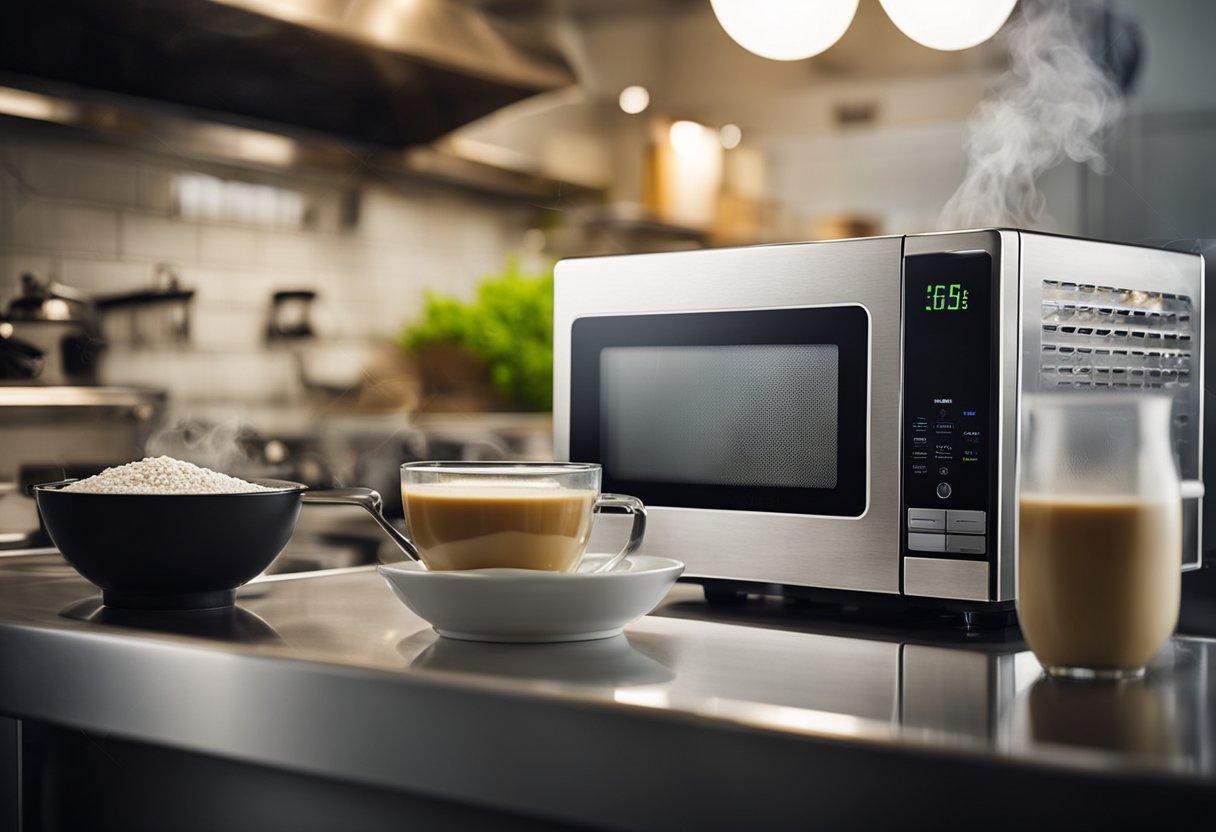
- Avoid sudden temperature changes.
- Store carefully to prevent chips or cracks.
8. How to Identify If Your Coffee Cup Is Microwave Safe Without a Label
Easy At-Home Test You Can Do
Heat your empty cup for seconds. If it gets really hot, it probably isn’t microwave-safe.
Simple Signs Your Cup Isn’t Microwave-Friendly
- Any metallic decorations or paint.
- Plastic that feels flimsy or warps quickly.
- Weird smells after heating.
When in Doubt, Stick to Glass or Ceramic
These are almost always safe bets.
9. Microwaving Travel Coffee Mugs: Safe or Risky?
Can You Microwave Stainless Steel or Insulated Travel Mugs?
Nope. They block microwaves and can damage both the appliance and your mug.
Safer Ways to Reheat Coffee When You’re on the Go
- Pour coffee into a microwave-safe cup before heating.
- Use travel mugs with removable silicone liners made for microwaves.

- Try electric car warmers or travel mug warmers.
Smart Tips for Busy Coffee Lovers
Check the instructions on your travel mug and maybe keep a ceramic cup handy for reheats.
10. Alternatives to Microwaving Your Coffee Cup: How Else Can You Reheat Coffee?
Creative Ways to Warm Your Coffee Without a Microwave
1. Stovetop double boiler – gentle and effective.
2. Electric coffee warmer pads – keep your mug cozy all day.
3. Thermal carafes – keep coffee hot for hours, no reheating needed.
4. Smart coffee mugs – technology keeps your coffee just right.
5. Instant coffee pods – fresh brews instead of reheating old coffee.
Microwaves vs. Other Methods: What Works Best?
Microwaves are fast, but electric warmers and stovetop methods do a better job preserving flavor and safety.
Final Thought
With these tips, you can keep your coffee warm and tasty without stress. Enjoy every sip safely, and make your coffee breaks better than ever!

